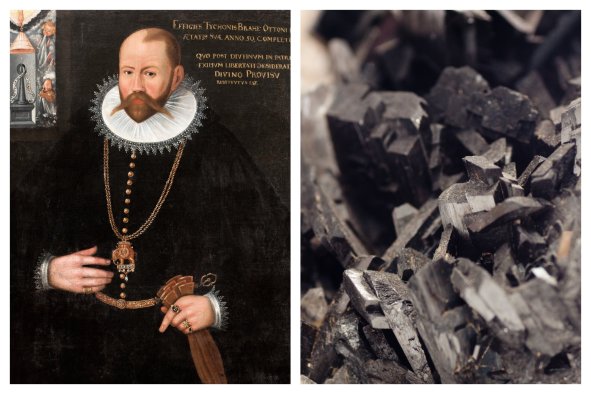Archaeologists have uncovered a collection of ancient Egyptian artworks hidden below the waters of the Nile River.
A joint Egyptian-French archaeological mission identified the artworks in an area of the iconic river located between the "Low" and "High" Aswan dams, which lies to the south of the city of the same name, the country's Ministry of Tourism and Antiquities announced in a statement.
The construction of the dam, which was completed in 1970, flooded an area of land containing numerous archaeological remains.
The modern city of Aswan lies on the east bank of the Nile. The settlement that existed in this location in ancient times was strategically significant, marking the southern frontier of pharaonic Egypt.
The latest investigations involved a number of approaches to document archaeological remains in the water around two islands located in the river between the two dams—a segment known as the Aswan Reservoir. These included exploratory dives, as well as the capturing of photographs and underwater video.
The research identified several underwater rock carvings and inscriptions, including depictions of various ancient Egyptian pharaohs Amenhotep III (who reigned from roughly 1388-1351 B.C.), Thutmose IV (reigned from roughly 1400-1390 B.C.), Psamtik II (reigned from 595 to 589 B.C.) and Apries (reigned from 589 to 570 B.C.).
According to the ministry, the archaeological mission is currently working to produce three-dimensional models of the finds and study them in preparation for a scientific publication that will detail the discoveries.
In May this year, another team of researchers published a study reporting that a "long-lost" branch of the Nile may help to explain the location of several ancient pyramids.
In the study published in the journal Communications Earth & Environment, an international team said they had identified segments of a major extinct section of the river that they named the Ahramat Branch.
Evidence of this branch now lies buried under farmland and desert, but according to the study, it once ran along the eastern edge of the Western Desert Plateau (WSD)—a part of the wider Sahara—just to the west of the course of the modern Nile.
The 40-mile-long course of the newly described Ahramat Branch appears to run closely past 31 pyramids that also lie along the eastern edge of the Plateau. This chain—which represents the largest concentration of pyramids in Egypt—includes the iconic complex at Giza.
Do you have a tip on a science story that Newsweek should be covering? Do you have a question about archaeology? Let us know via science@newsweek.com.
Disclaimer: The copyright of this article belongs to the original author. Reposting this article is solely for the purpose of information dissemination and does not constitute any investment advice. If there is any infringement, please contact us immediately. We will make corrections or deletions as necessary. Thank you.




